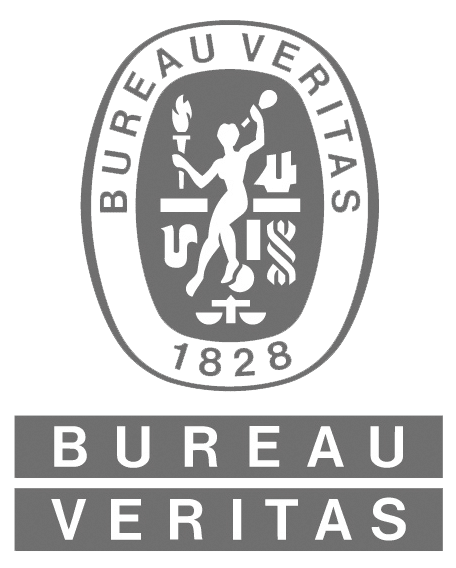Effective oil analysis can identify wear, contamination and changes in a lubricant’s physical properties that can adversely affect machine health and reliability.
The benefits of a world class oil analysis program can be applied to both equipment and lubricant utilization, maintenance and management.
Utilization
- Decrease unscheduled downtime
- Increase overall component lifespan
- Control lube consumption and oil disposal costs
- Assist with product selection, comparison and verification
Maintenance
- Identify and quantify lube contamination and component wear for targeted corrective action
- Reduce in-service failures and field repairs
- Establish proper lubricant service intervals
Learn the Difference Between Preventive and Predictive Maintenance
Management
- Improve reliability, product quality and productivity
- Improve cost control for equipment, labor and materials
- Eliminate needless inspections or repairs
- Control spares and replacement costs
Oil analysis laboratories that provide quality test results and easy-to-understand maintenance recommendations enable equipment managers and reliability personnel to effectively assess equipment condition, plan maintenance schedules, prevent breakdowns and maximize up-time at a minimal cost.
Trend Analysis
In the trend analysis of wear elements, threshold values are developed to identify the boundary areas between normal and abnormal results. These values can vary by component type, application, length of service and manufacturer/model and don’t provide sharp lines of “normal/abnormal” interpretations. Instead, they indicate ranges of increased probability for a developing issue.
Generally with oil analysis, the lubricant and component condition can be considered “normal” as long as the wear, contamination and lubricant deterioration levels remain within established “normal” ranges. Regardless of threshold values, any sharp increase in wear metals or major shift in physical properties can signal the beginning of a problem. Therefore, threshold values cannot be used as “go/no go” criteria and should not be developed or applied without a great deal of caution, judgment, experience and client input.
Customer Feedback
The accuracy of the oil analysis laboratory’s interpretation guidelines is verified by the comparison between laboratory maintenance recommendations and the actual conditions confirmed by the customer’s diagnostic inspection. While these data interpretations are continually refined by practical experience, the following customer feedback is extremely helpful when included on the oil sample information form:
- Suspect abnormal lubricant or component conditions
- Findings of any inspection performed as a result of oil analysis program recommendations
- Discovery of abnormal machine conditions that were not previously indicated by oil analysis
- Notification of servicing and/or maintenance performed
- Information concerning operating environment or equipment application changes
Cost Savings Documentation
Routine oil analysis can achieve substantial savings in maintenance and repair costs by detecting small problems before they develop into serious or catastrophic maintenance events. The economic savings from oil analysis may not show clearly on the “bottom line” because they represent the cost maintenance events that were prevented. However, many of these savings can be calculated by comparing the cost of an oil testing program to:
- Parts and labor expenses for component repair, overhaul or replacement
- Losses in revenue during downtime
- Reductions in consumable items, such as lubricants or fuels
- Increases in productivity levels
